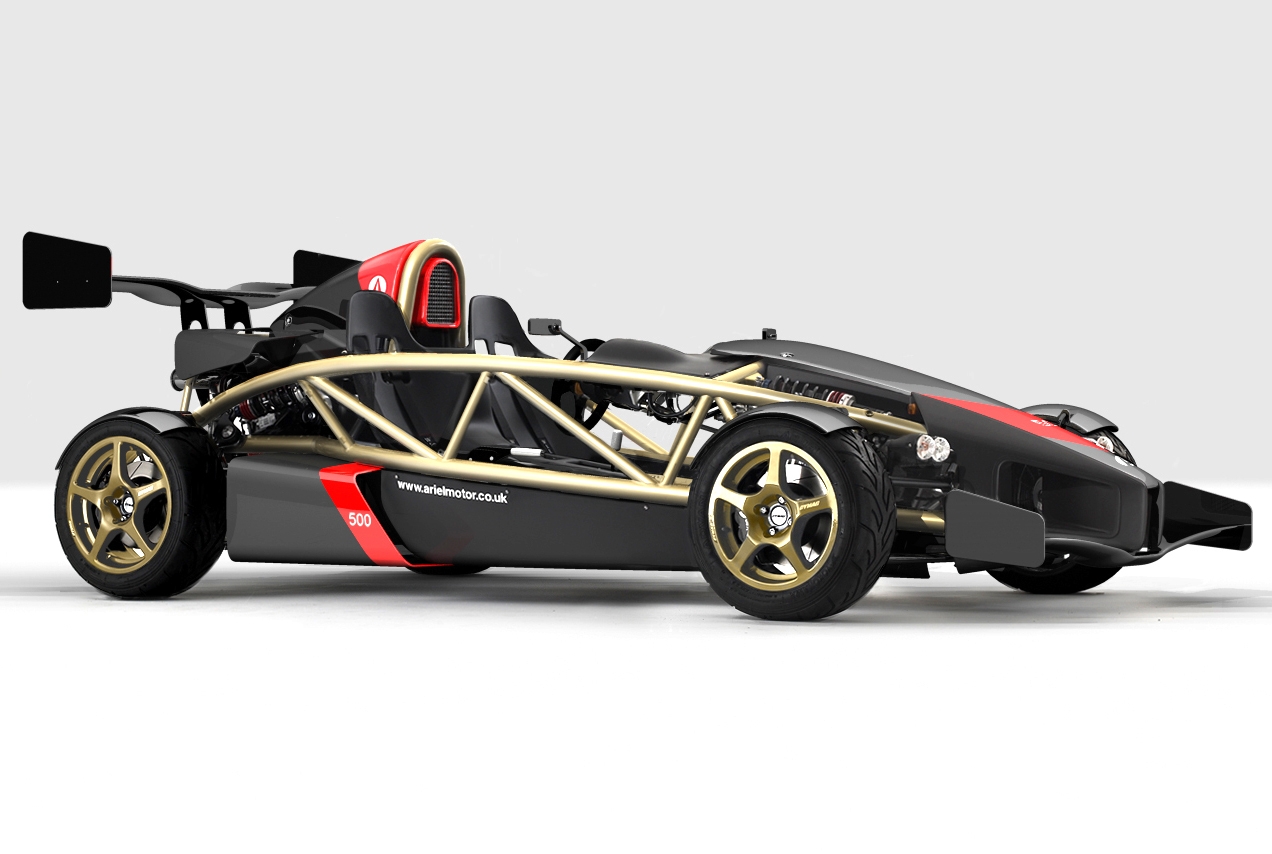Honda enthusiasts and car lovers alike have been awaiting Honda's new move-- their replacement flagship supercar...the legendary NSX.
Yes, the NSX is the car that was partially designed by Ayrton Senna, the legendary F1 driver. Originally created by Honda to be the ultimate driving machine which was cheaper than its competitors, more reliable, and of overall better ride and build quality, the NSX was a dream on wheels.
Yes, this is also the same car that inspired the chief engineer of the McLaren F1 (Gordon Murray) as well, setting a goal for ride quality and handling. Heck, Murray even went to Honda's R&D facility in Japan asking them to build him a V12 or V14 motor, only to be disappointed by a denial and ultimately having to settle for a mere BMW engine instead.
And yes, as one can imagine, replicating this dream on wheels can only be amongst some of the world's toughest tasks. Asking engineers to make it eco-friendly, competitively priced, and an amazing vehicle to drive as well??? Well, that's unthinkable...or so you believe.
You see, this 2015 NSX in question is an amazing machine. Sporting a longitudinally mounted, twin-turbo V6 motor with a hybrid drivetrain and all-wheel drive, this car is expected to be pumping out an estimated 500 horsepower (per Jalopnik). But I'd like to pick a bone with Acura...and I sort of did in this letter I conjured up while in a conversation with my brother.
This is what I think the 2015 NSX should have been. A lot of what I say is just comprised of multiple ideas which I believe would lend themselves well to a new, unique, reliable, quick, light, fun to drive supercar.
So here's what I think the 2015 NSX should have been....all opinions welcome, negative and positive:
Since Acura's concept for the NSX was a cheap, reliable, and fast super car that is also eco-friendly, they should have done a couple of things differently.
The weight associated with a hybrid drivetrain, especially one involving three electric motors (two up front and one in the rear) along with regenerative braking and the large lithium-ion battery is insane. According to Motor Trend Magazine, the curb weight of the NSX would be about 3100 pounds.
Supercars are supposed to be light, but making a fully carbon body like the new Porsche 918 will cost a lot of money and that is not an option for the new NSX since it doesn't fit the car's concept well.
Since the new Civic Type-R is a turbocharged 2.0 liter meeting emissions requirements in Europe, which are extremely stringent, and since Honda is so good at building motors, what would stop them from building a stout, high-performance, twin, sequential turbo four cylinder capable of revving very high but also capable of good emissions? For example, an adjustable waste gate that responds to throttle input to bypass much of the exhaust gases when cruising to turn down the boost and use less fuel could be one of many ways to cut back on pollution.
Turbocharged engines also create much more torque than naturally aspirated engines, so the final drive could remain relatively high which would be great for keeping RPM's down at cruising speeds which could also save on gas. In addition, turbocharged engines are more volumetrically efficient as shown by MotoIQ.com.
There would be drawbacks to the turbocharger. An OEM turbocharged engine is much more reliable than an engine turbocharged with an aftermarket kit, so perhaps reliability wouldn't be an issue. However, what about turbo lag? That would take away from the response otherwise present with the electric motors which give so much torque goodness without the wait!
To assemble the car, take the aforementioned engine and put it in a light, small, aluminum chassis, longitudinally mount it in the middle of the car, and give THAT all-wheel drive. This would cut down weight by a lot, and it wouldn't need much more power to beat the other "hypercars" because the power to weight ratio would be so high. The design concept would almost be similar to an Ariel Atom, but with wider tires, more aggressive stance, cleaner looking body panels, full interior, and more.
Ariel Atom
There would also be drawbacks to a small chassis similar to the Ariel Atom's. If it were like the Ariel Atom's it may not be quite as safe as a chassis in an average production car, or in a top of the line supercar. It may also be uncomfortable for the driver to get in and out of the car, but then again, when you're getting in a racing bucket seat is it that big of a deal anyway?
Regardless of potential issues, the pros associated with a design concept like this would result in a unique and alternative creation. Not only would this be a four-cylinder supercar, but it would be affordable, light, and quick...at least in theory.
Of course details are always a pain, but let's be honest-- great ideas don't flourish when someone points out why something won't work, but rather when someone points out ways to get around the limitations. THIS is a design philosophy I believe Honda and Acura have had for years...and that's why I purchase their products.
Thanks guys,
--Lexi.Laron



No comments:
Post a Comment
Comment